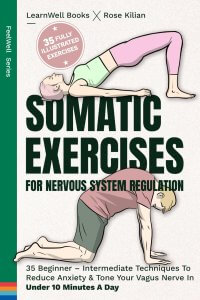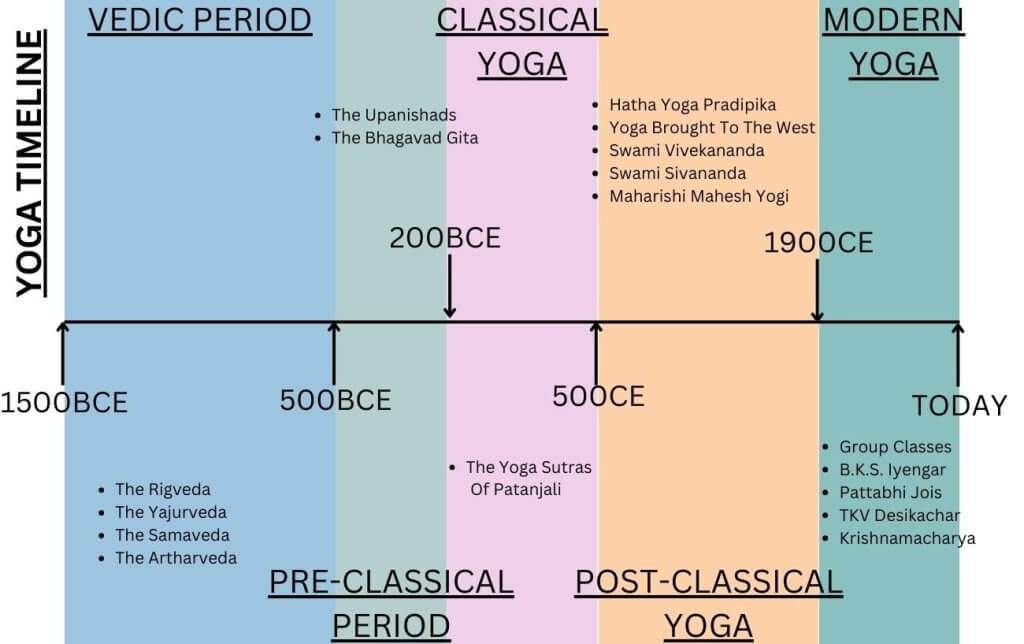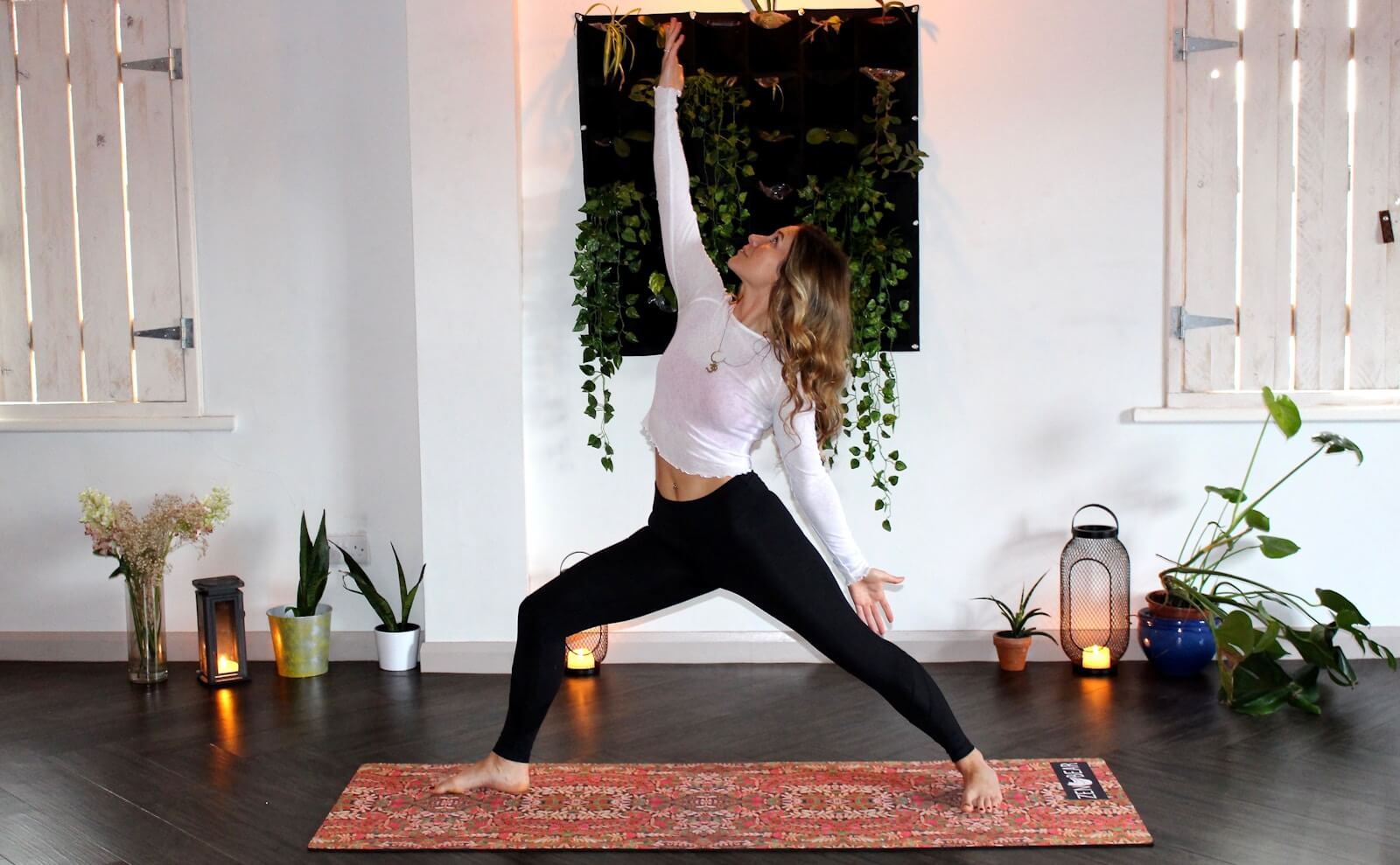Explore the world of somatic yoga, a unique approach that focuses on awareness and movement to improve posture, alignment, and overall well-being. Learn about its history, techniques, and benefits, and how to practice somatic yoga at home with simple exercises.
Understanding Somatic Yoga

Somatic yoga is more than just a physical practice – it’s an opportunity to connect with your body, quiet your mind, and cultivate a deeper sense of self. But what exactly is somatic yoga, and how does it differ from the traditional yoga practices we’re familiar with? Let’s dive in and explore.
A Mind-Body Connection
Somatic yoga is rooted in the concept of mind-body connection. It’s an approach that recognizes that our thoughts, emotions, and physical movements are all interconnected. Think of it like playing a musical instrument – the way you hold the guitar, the tone you produce, and the emotions you connect with the music are all intertwined. Similarly, in somatic yoga, we focus on the dynamic relationship between our thoughts, emotions, and physical movements. By tuning into this connection, we can tap into a deeper sense of awareness, balance, and harmony.
A Break from Traditional Yoga
So, why does somatic yoga stand out from traditional yoga practices? For starters, it’s not about push-ups, downward-facing dogs, or other physically demanding poses. Instead, somatic yoga is about slowing down, listening to your body, and honoring its wisdom. It’s about embracing imperfection, letting go of comparisons, and cultivating a sense of curiosity and exploration. By taking a break from the fast-paced, competitive environment of traditional yoga, somatic yoga offers a refreshing alternative that’s all about nurturing your body and mind.
Origins and Growth

Somatic yoga has roots that stretch back to the early 20th century, blending Eastern and Western movement practices. Thomas Hanna, an educator and researcher, coined the term “somatics” in the 1970s, developing exercises to promote healing through mind-body connection. The practice evolved as pioneers like Eleanor Criswell Hanna and Bonnie Bainbridge Cohen integrated somatic principles into yoga. Key developments include:
- Influence from methods like Feldenkrais and Alexander Technique
- Integration of trauma-informed approaches
- Emphasis on internal experience over external form
- Incorporation of neuroscience and body awareness research
As somatic yoga gained popularity, it began to influence mainstream yoga classes, encouraging teachers to use phrases like “do what feels good for your body” and emphasizing internal sensations over perfect poses. This evolution has made yoga more accessible and personalized, allowing practitioners to explore movement in a way that honors their unique bodies and experiences.
Techniques and Practices
Awareness Through Movement
Embarking on a somatic yoga journey requires cultivating awareness through movement. It’s almost as if you’re awakening your body to its full potential, much like a painter begins with a blank canvas, waiting for the first brushstrokes to bring their masterpiece to life.
You see, Awareness Through Movement is an intrinsic component of somatic yoga. It’s an invitation to engage your senses, allowing you to tune into the subtle nuances of your body. It’s about noticing the gentle tremors in your fingers, the softening of your shoulders, and the gentle rise and fall of your chest.
By doing so, you’ll develop a greater understanding of your body’s language, recognizing patterns and habits that may be holding you back. It’s an opportunity to reclaim your body as a tool for expression, rather than a rigid, inflexible shell. With Awareness Through Movement, you’re essentially re-booting your body’s operating system, allowing for greater flexibility, balance, and overall well-being.
Somatic Movement Exploration
Somatic Movement Exploration is the culmination of Awareness Through Movement, where you take the lessons learned and apply them to your physical practice. It’s the moment where you put your newfound awareness into action, allowing your body to express itself in a way that’s authentic and freeing.
Imagine you’re a musician, and your body is the instrument. Somatic Movement Exploration is like mastering the art of playing your instrument, experimenting with different tones, rhythms, and melodies. You’re not bound by traditional methods or rigid structures; instead, you’re free to explore, to improvise, and to create.
By embracing Somatic Movement Exploration, you’ll discover a sense of fluidity and adaptability, allowing you to move with greater ease and precision. Your body will become a reflection of your unique expression, and you’ll find yourself more grounded, more centered, and more connected to your inner self.
Benefits and Applications
Somatic yoga is more than just a physical practice; it’s a powerful tool for improving our overall well-being. As we delve into the benefits and applications of somatic yoga, it’s clear that this mindful approach can have a profound impact on our daily lives.
Improving Posture and Alignment
Have you ever caught yourself slouching in front of a screen, or standing with your shoulders rolled forward? Poor posture can lead to discomfort, fatigue, and even long-term damage to our joints and muscles. Somatic yoga can help reverse this trend by increasing body awareness and teaching us how to move with greater ease and efficiency. By focusing on the present moment and gentle, restorative movements, we can re-educate our bodies to maintain optimal alignment and posture. Imagine being able to walk with confidence, stand tall, and even sit taller at your desk – all thanks to the mindful practice of somatic yoga.
Enhanced Body Awareness
But how do we achieve this increased body awareness? Through somatic yoga, we learn to listen to our body’s subtle cues, just as we might tune in to our surroundings. By doing so, we can better understand our physical limitations, release tension, and even reduce chronic pain. Enhanced body awareness also allows us to make more intentional choices about our movements and daily activities, leading to greater overall well-being. For instance, you might become more mindful of your breathing, or adopt habits that promote flexibility and relaxation. By cultivating this greater awareness, we can develop a deeper connection with our bodies and live with greater purpose and vitality.
Key Principles
Somatic yoga is built upon two fundamental principles that set it apart from traditional forms of yoga: holistic approach and non-competitive environment.
Holistic Approach
In somatic yoga, the concept of wholeness is paramount. Rather than focusing on specific body parts or poses, practitioners aim to cultivate awareness and connection throughout the entire body. This approach honors the intricate web of relationships between muscles, bones, and organs, promoting a sense of unity and harmony. Imagine tuning a grand piano – instead of adjusting individual strings, you attend to the overall resonance and vibration of the instrument. Similarly, somatic yoga seeks to harmonize the body’s energetic frequencies, allowing for greater ease, flexibility, and coordination.
Non-Competitive Environment
Another distinct characteristic of somatic yoga is its emphasis on a non-competitive environment. Gone are the days of comparing poses or trying to reach a specific milestone. In somatic yoga, the focus is on the journey, not the destination. Practitioners embark on a deeply personal exploration, guided by curiosity and self-awareness. This environment encourages experimentation, discovery, and growth, rather than rivalry or one-upmanship. Picture a vibrant garden, where each flower blooms in its own unique way, without competition or comparison. Somatic yoga fosters this type of growth, allowing individuals to evolve at their own pace and schedule.
Practicing Somatic Yoga at Home
Simple Exercises for Busy Lives
With the rise of somatic yoga, it’s become increasingly easy to practice this mindful approach to movement in the comfort of your own home. And the best part? You don’t need to dedicate hours of your day to achieve the benefits. Even a few simple exercises can make a significant difference in your overall well-being. So, if you’re short on time, don’t worry! You can still reap the rewards of somatic yoga without sacrificing your busy schedule.
For instance, you can start by taking 10-minute breaks throughout the day to do some gentle stretching or movement exercises. This can help increase your blood flow, reduce tension, and even boost your mood. Try incorporating some simple exercises like neck rolls, shoulder releases, or even just standing up and stretching your arms overhead. You can also try some mindfulness meditation or deep breathing exercises to calm your mind and unwind.
Remember, the key to practicing somatic yoga effectively is to listen to your body and honor its limitations. Don’t push yourself too hard, and be gentle with your movements. Start slow and gradually increase your range of motion as you become more comfortable. And most importantly, be patient with yourself and enjoy the journey.
Preparing Your Space
Creating a peaceful and comfortable space for your somatic yoga practice can make all the difference in your experience. Think of it as setting the tone for your practice, much like decorating a room for a dinner party. You want to create an atmosphere that invites relaxation, calmness, and mindfulness.
So, take a few minutes to tidy up your space, turn off your phone, and light some calming candles. You can also play soothing music in the background to help set the mood. If you’re serious about creating a sacred space, consider investing in a yoga mat, a few blocks, and a strap to help you modify your poses. And don’t forget to keep a journal nearby to reflect on your practice and track your progress.
By creating a peaceful and comfortable space, you’ll be better able to focus on your breath, your body, and your movements. You’ll be able to relax, let go of distractions, and simply be present in the moment. And that, my friend, is the real magic of somatic yoga.





